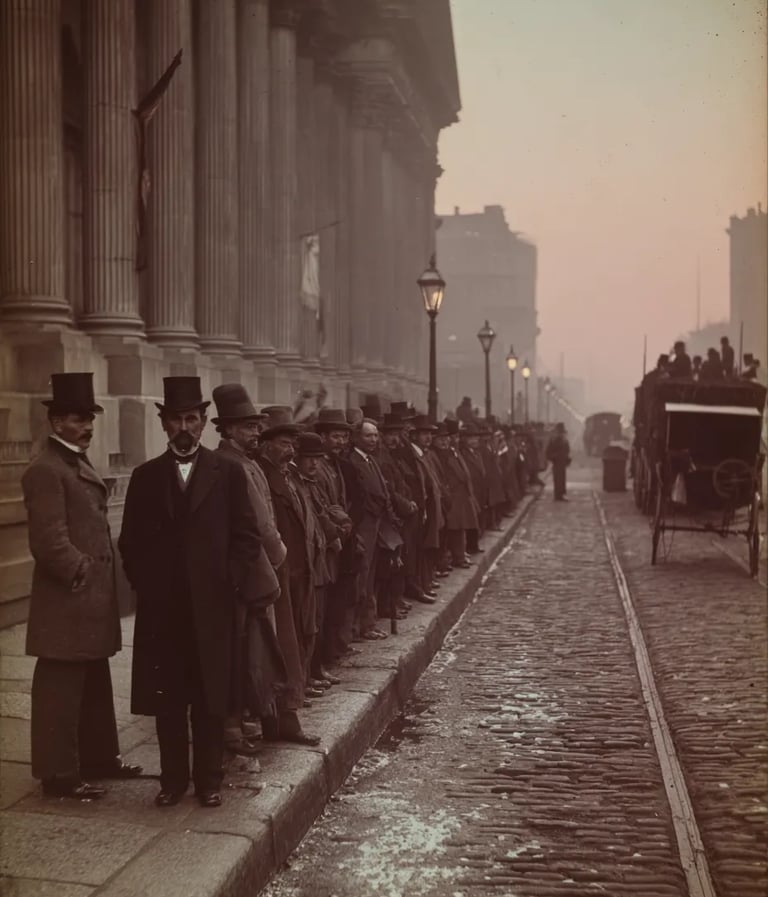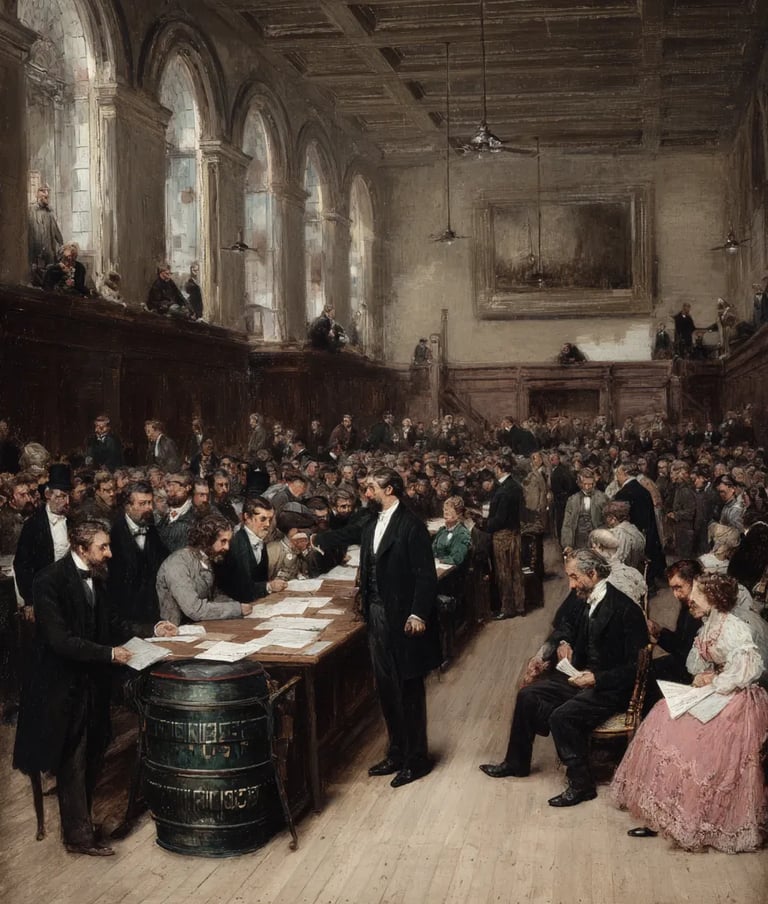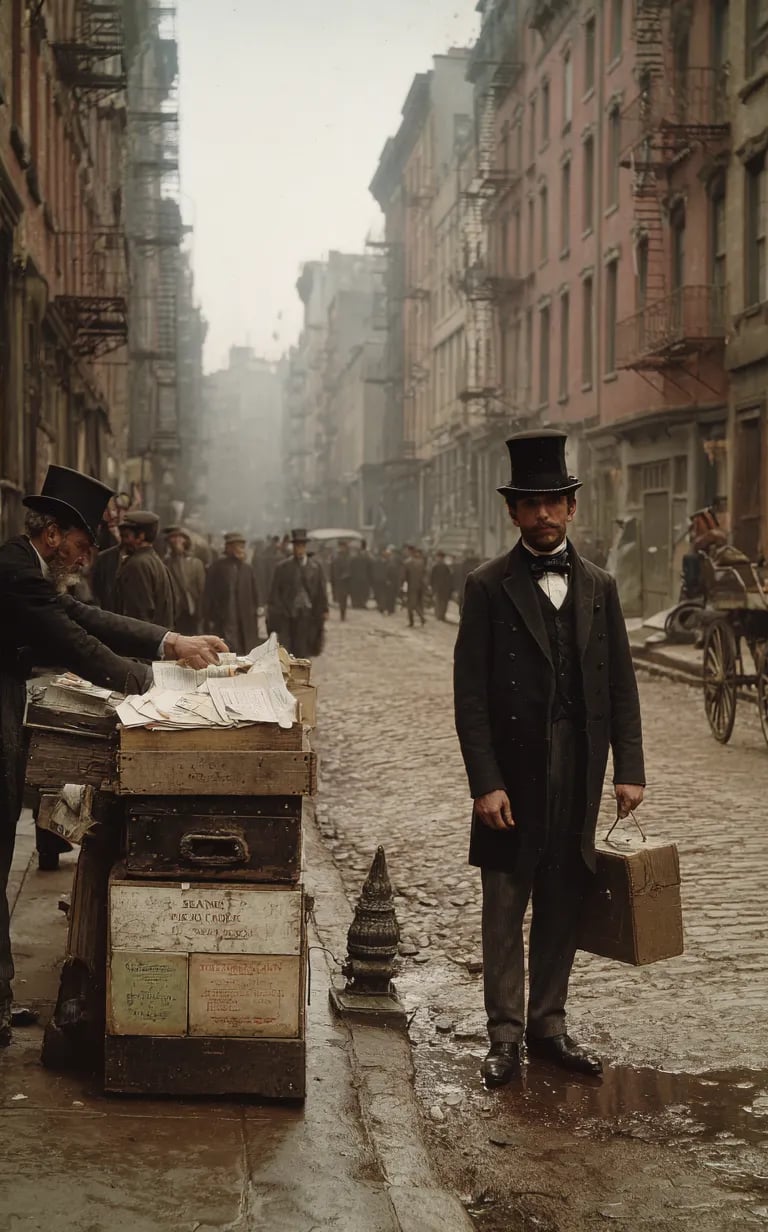On July 11th, 138, Antoninus Pius officially succeeded Emperor Hadrian as ruler of the Roman Empire. Known for his peaceful reign, legal reforms, and administrative efficiency, Antoninus would go on to rule for over two decades without ever leading a military campaign. His reign marked one of stability and prosperity, helping to cement the foundations of Rome's golden age under the Antonine dynasty.


138 – A New Era in Rome: Antoninus Pius Takes the Throne




The Battle of the Golden Spurs took place on July 11th, 1302, near Kortrijk, Belgium. Flemish militias, largely composed of craftsmen and townsmen, stunned Europe by defeating the elite cavalry of French King Philip IV. The upset reshaped regional power and became a national legend in Flanders. It’s remembered today as proof that sheer discipline and strategy can topple even the mightiest of feudal armies.
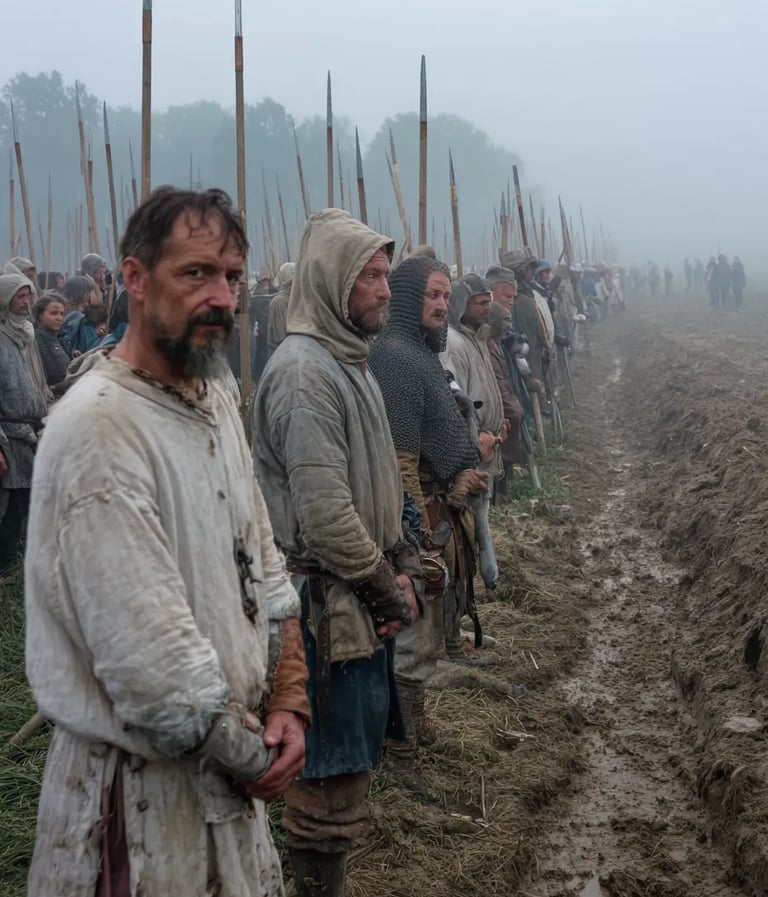

1302 – Peasants and Pikes: Flemish Militia Defeat French Knights
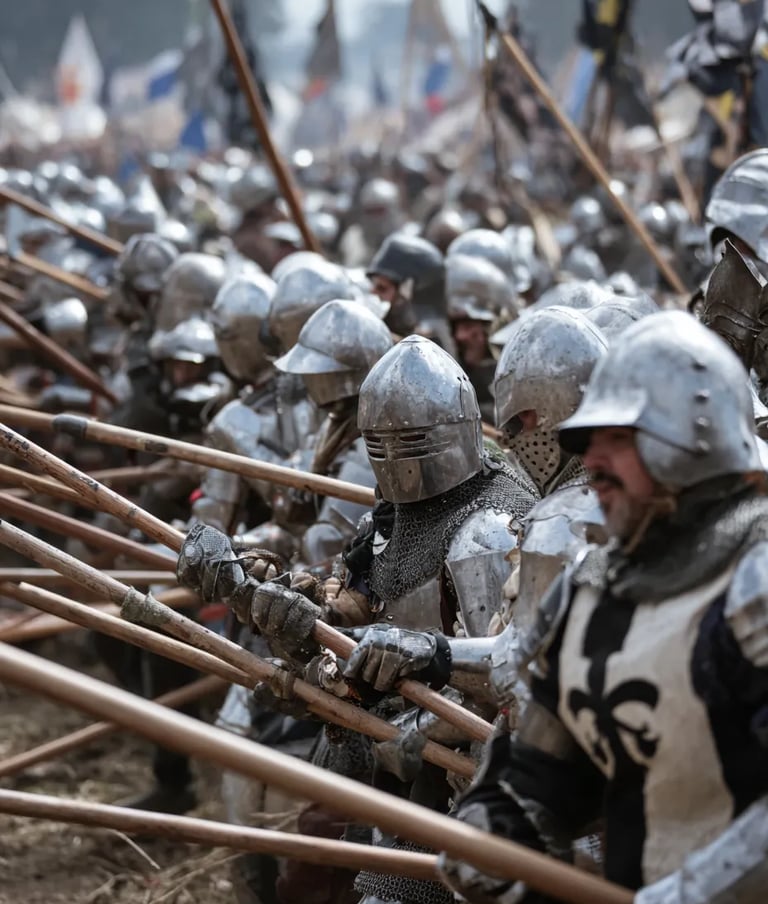


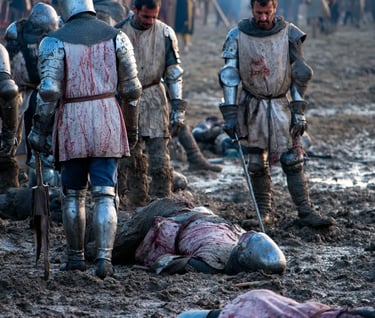
In one of history’s most ambitious naval efforts, Admiral Zheng He departed China on July 11th, 1405, leading an armada of 208 ships and nearly 28,000 men. These expeditions showcased Ming Dynasty power across Southeast Asia and the Indian Ocean. His treasure ships—some over 120 meters long—carried silk, porcelain, and ambassadors, marking a brief but bold era of Chinese maritime dominance.
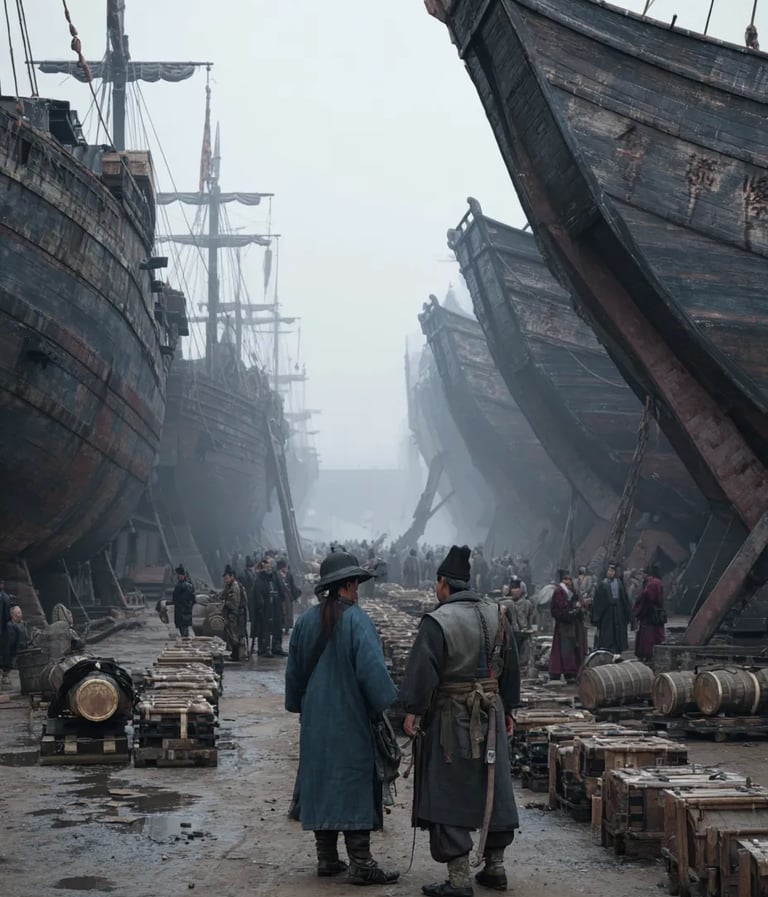

1405 – China's Giant Armada Sets Sail into History
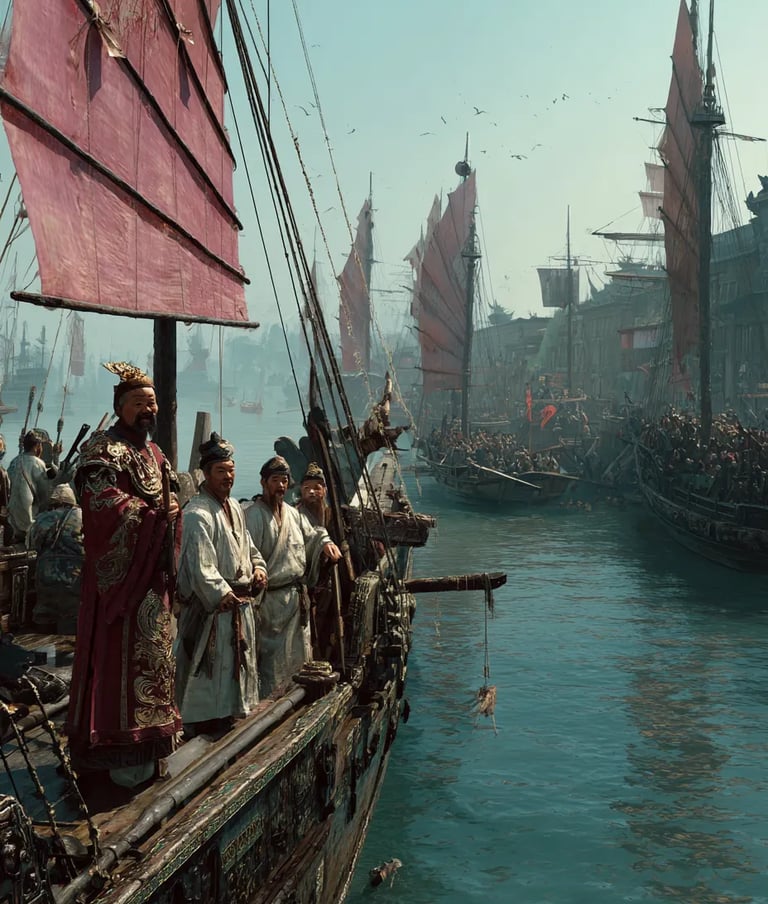

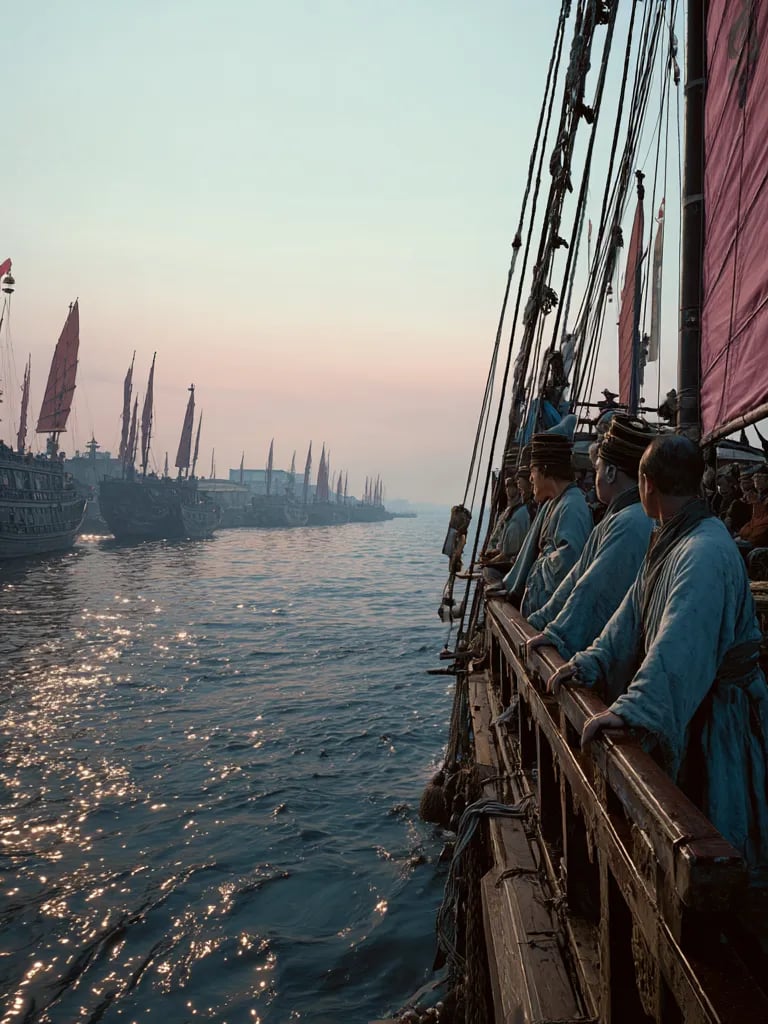

English explorer Martin Frobisher, searching for the Northwest Passage, sighted Greenland on July 11th, 1576. Though he mistook it for the mainland of Asia, the discovery stirred renewed interest in Arctic exploration. Frobisher's voyages eventually took him to Baffin Island, but his glimpse of Greenland helped lay groundwork for future northern expeditions in the age of imperial ambition and maritime mystery.


1576 – A Distant Glimpse: Frobisher Spots Greenland’s Icy Edge


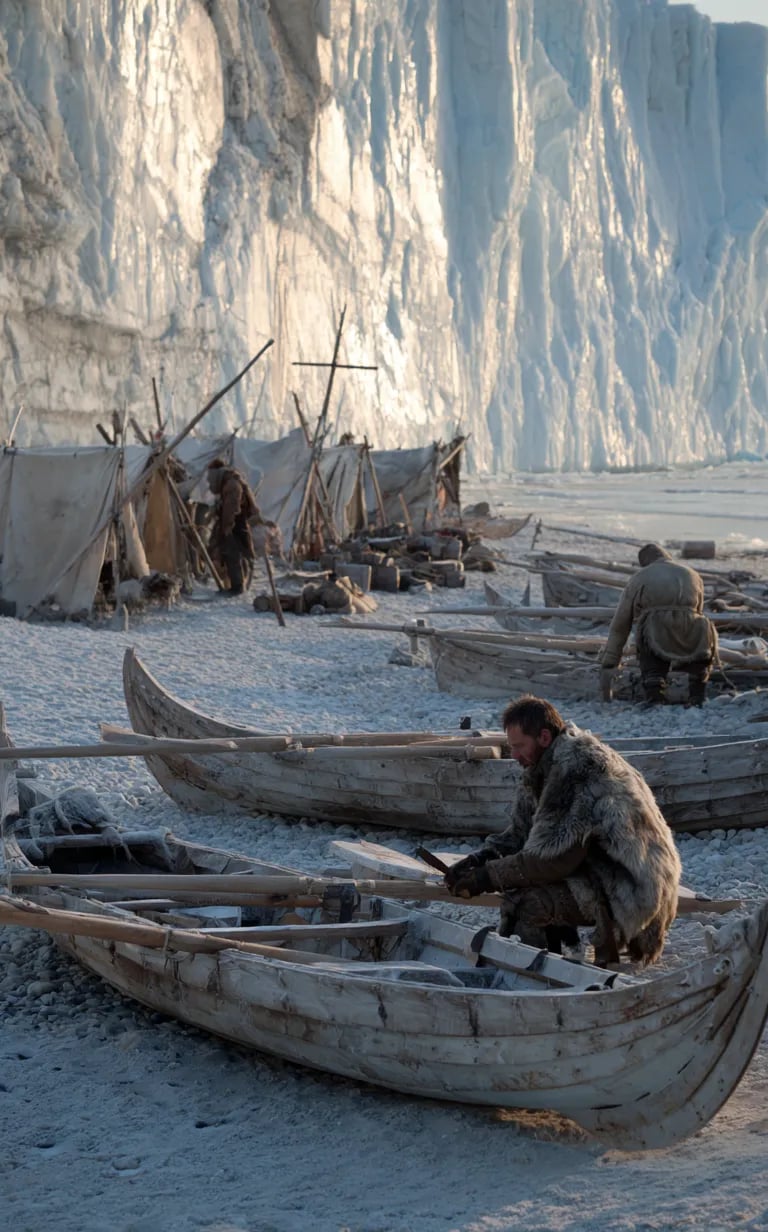

On July 11th, 1863, the U.S. military conducted its first draft lottery in New York City during the Civil War. While intended to bolster Union forces, the system allowed those who could pay $300 to avoid service—fueling outrage among poorer citizens. Tensions erupted days later into the violent New York Draft Riots, revealing deep class divisions and dissatisfaction with wartime policies on the home front.
